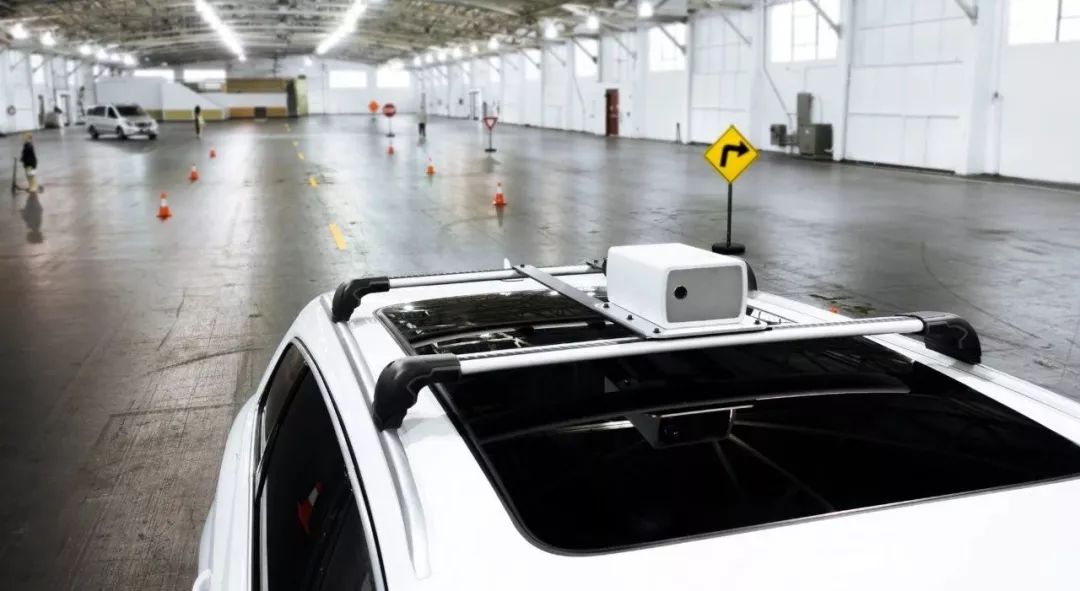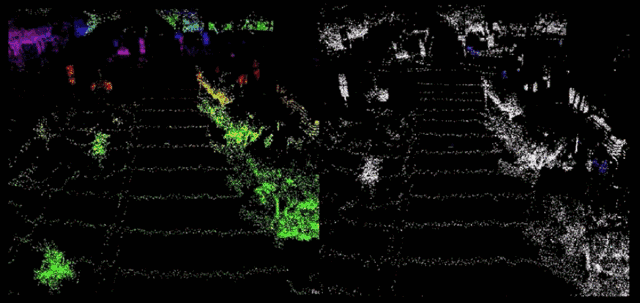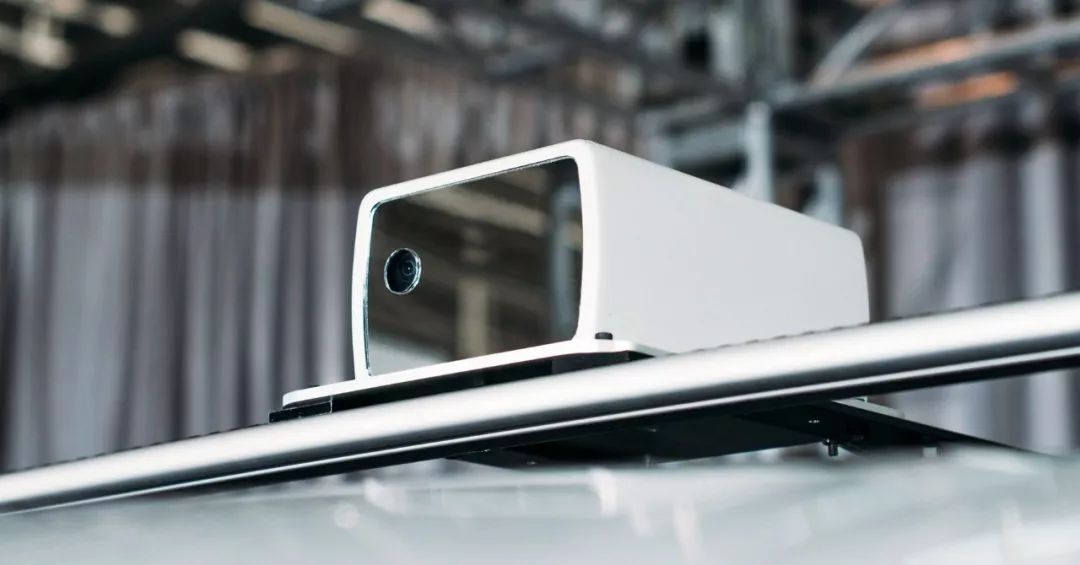Take automotive lidar as an example, there are no fewer than 50 manufacturers, but it seems that there will always be new start-up companies and new solutions appearing. Among them are new laser radar technology routes, and there are also more new alternatives.
A start-up company Aeva founded by two former senior employees of Apple's unmanned driving "Titan" project recently unveiled the mystery. Like Apple, the company's technology has been kept secret.

Aeva recently released a new type of sensor the size of a tissue box (very similar to lidar), which is equipped with a customized processor to achieve a detection distance of 200 meters away. The company currently has more than 50 employees and has raised $45 million in financing.
At present, Aeva is cooperating with some automakers to carry up to 5 lidars on an autonomous vehicle (the standard configuration can be two, one facing the front and the other facing the rear), and each cost is 200-300 US dollars. about.
Unlike peer products, Aeva's sensors do not do any data calculation (instead, a single beam can obtain the depth, reflectivity, and speed information of the object), but only collects road data and feeds it back to the central data processing system for autonomous driving.
Aeva's technology can distinguish objects based on distance, regardless of whether the object is far away or approaching the vehicle. It can also measure the speed of objects, which allows the software to predict where cars and pedestrians are going.

The company even stated that due to the use of reflectance sensors, its sensing system can completely eliminate interference from other similar sensors (including from other companies) and operate normally in all weather conditions and in the dark.
The founder of the company said, “Our products can obtain the lowest level of data. We can measure the pixels on certain objects, such as human limbs. We can measure the speed and movement of pedestrians or objects, and we can predict these objects very accurately. The direction of movement."
In addition, the portability and low power consumption of this new sensor, as well as the ability to integrate cameras and millimeter wave radar, make Aeva hope to be able to build it into a standard hardware and software system.
This is due to the background of the two founders. In addition to participating in Apple's secret driverless R&D project, Salehian also participated in the development of the first Apple Watch and iPhone 6, while Rezk previously worked in optical hardware at Nikon.
Aeva called its own sensor a game changer in the autonomous driving market. However, it has not disclosed specific technical details, but according to the company's public description, "not only can the performance of traditional LIDAR be improved, but it can also provide instantaneous speed measurement for each point."

Unlike other peer products, Aeva uses continuous pulsed laser detection to achieve faster and more direct data collection instead of the point cloud algorithm approach adopted by some manufacturers.
Traditional lidar can only provide indirect speed data; it shoots a single laser pulse quickly, producing frames a few milliseconds apart, and occasionally ignores nearby objects.
You can think of this new sensor as a cross between lidar and radar. Lidar is good at measuring depth, and radar is good at measuring speed.
With a distance measurement of 200 meters, a power consumption of less than 100 watts, and a resolution of centimeters per second, Aeva's sensors also improve performance in inclement weather and reflective objects such as metal railings.
By realizing photon detection when the signal bounces off the object, the sensor can make multiple measurements in the air without being interfered by other laser sensors and without compromising the range.
Continuous waves allow for greater range and resolution, and also better address weather conditions and highly reflective objects. "We want to bridge the gap between several different types of technology, and integrate the advantages of several common sensors." Aeva founder said.

"(Our) is very different from a typical lidar," Salehian said. "It has the core technical advantages of a lidar sensor, but it also has the ability to measure speed instantaneously and very accurately. We can know what an object 200 meters away is. , And can simultaneously identify whether it is a car or a person, as well as the speed of movement, and predict what it will do in the next few seconds."
As Aeva hopes to build a standardized product, automakers still need to develop a separate multi-sensor fusion processing algorithm for this. This approach also ensures that the product can be quickly and collaboratively paired with any company's autonomous driving system.
Aeva is not without competitors, such as Blackmore, which is developing a laser radar based on FCMW technology (frequency modulated continuous wave), whose laser radar sensor emits a continuous beam. Two other start-up companies-Quanergy and Oryx Vision are also developing similar technologies.
But Aeva's advantage is that it has found a process plan for mass production, and is working hard to continue to improve the size of the product, which is also a very important link for the final mass production.
High-speed Board-to-board Connectors
High-Speed Board-To-Board Connectors,8 Mm High Board-To-Board Connectors,Pin 10-120Pin Board-To-Board Connectors,High Speed 14Gbps Board-To-Board Connectors
Dongguan SOLEPIN Electronics Co., Ltd , https://www.wentae.com